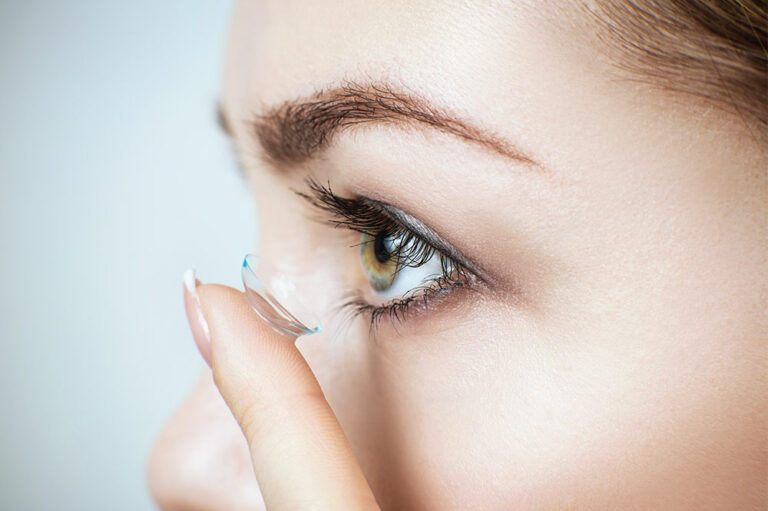
6 beard grooming mistakes to steer clear of
Fashion plays a vital role in everyone’s life through clothing, accessories, or grooming methods. And for men, their facial hair can significantly alter their appearance. But keeping a beard is not an easy task. So, it is essential to avoid grooming mistakes to achieve a neat look. In this article, we will highlight some of the most common beard grooming mistakes and provide practical tips to maintain a dignified appearance. Top beard grooming mistakes to avoid Caring for your beard requires just as much attention as caring for your scalp hair. However, some of you may make mistakes that may harm the former. To avoid this, here are some common beard grooming mistakes to steer clear of. Not trimming regularly Did you know that beards grow faster than any other type of hair? As a result, it’s essential to trim them regularly to avoid a scruffy and unkempt appearance. Not only is an untrimmed beard unclean, but it can also be detrimental to your beard’s health. Luckily, with the help of a beard trimmer and scissors, you can achieve a well-groomed look in no time. Combing inappropriately It is essential to comb your facial hair to maintain its shape regularly.
Read More 









